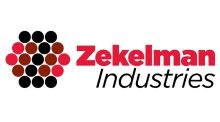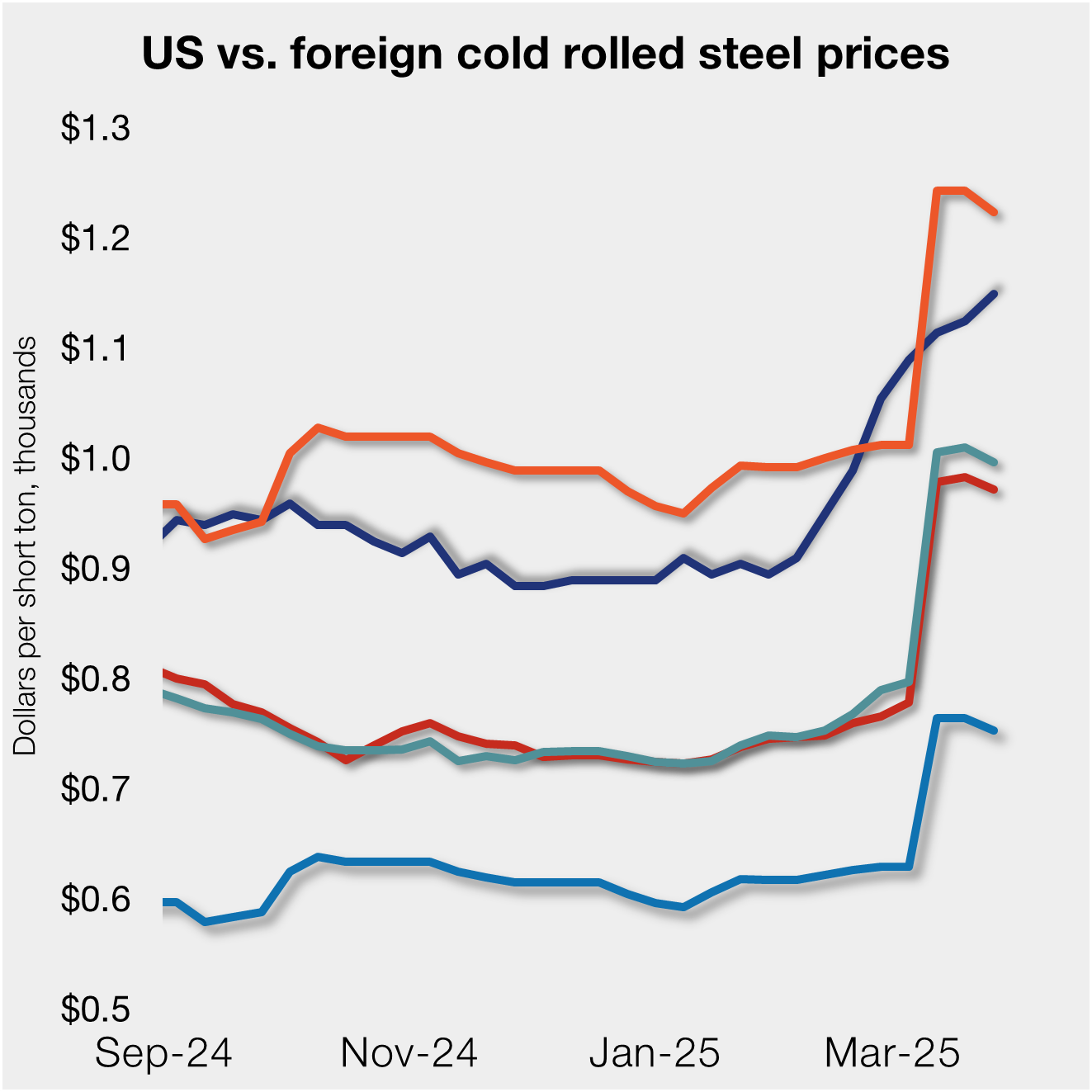Steel Products
Service Centers Refraining from Adjusting Spot Pricing?
Written by John Packard
February 13, 2013
Written by: John Packard
“The key to the steel industry is you have to put steel in the hands of people who want to make money with it.” Quote attributed to Service Center Executive.
Earlier this week Steel Market Update (SMU) wrote an article about the break-down of the pricing cycle as service centers were not pushing spot price increases to their customers. We supplied graphic evidence from our surveys including one concluded this past week which showed only 27 percent of the service centers responding that their company was attempting to raise prices. A percentage which represented tepid support shortly after the domestic mills had made a price increase announcement.
Our article created a number of conversations with our readers and within the industry. One large national service center group had the following observations/comments:
“I read with interest the first article around pricing cycles, et al. It made me wonder if a part of the reason we’re seeing changes is due to the increased amount of index buying being done both by end users and service centers… Service centers who are buying on programs are seeing monthly or quarterly fluctuations, but when averaged-out, it’s not as volatile as it appears. They may be refraining from adjusting prices (up or down) to their base, since they have enough market information to see it moving back into cost ranges they set sales prices on. I think there’s a reluctance by the service centers to burn up relationship goodwill, by trying to echo the mills’ moves any more, since there have been multiple times when attempts failed, and since they have smoother costs, the impact is less.”
As we were having this conversation (on Monday of this week) the Steel Market Update hot rolled average price assessment was $620 per ton – the CRU from last week was $612 per ton.
SMU went back to the beginning of July 2012 through this past week using the CRU and we came up with the hot rolled coil average price during that time period. It was $624 per ton. The service center quoted above was basically saying by buying on the CRU, over time, you are able to smooth out the wrinkles and average your prices and therefore, not need to raise prices to your customer base when markets edge up or down from the average.

We spoke to a contract-based service center executive who told us, “It’s a nasty, nasty cycle with the OEM in complete control.” We discussed what that meant and in the process the ArcelorMittal discussion of CRU minus percentage discount contract deals was brought up.
This executive told us the mill business was like being a “rat in a cage.” A certain amount of the mill book is sold to major OEM’s at leading edge pricing deals – these CRU minus deals. Then the mills want to sell the rest of their book on spot to the service centers – but what the mills don’t seem to realize is the service centers do business with these same OEM’s. Those OEM’s are not going to want to pay spot prices at much higher levels than what they have on order for contracts and thus the CRU minus deals tend to bleed into the spot market.
SMU spoke to another service center source who told us that he regularly bought spot when it was lower than his contract but when contract was lower than spot he mixed his spot tons in with his contract. Another way CRU minus deals bled into the spot market.
It is this CRU minus bleed which has become a concern to mills like ArcelorMittal which has been very vocal about their disapproval of the practice in recent weeks. However, as AM is finding out, it is going to take more than one mill and a few weeks to change the course of this market.

John Packard
Read more from John PackardLatest in Steel Products

Atlas Tube debuts ‘HSS Connections Hub’
Atlas Tube, part of Zekelman Industries, has introduced an engineering resource aimed at simplifying Hollow Structural Sections (HSS) connection design for structural engineers and fabricators.

Nucor keeps HRC price unchanged
Nucor paused its weekly hot-rolled (HR) coil price this week, keeping it flat for the first time since Jan. 21. This comes after a nine-week rally that saw the company increase prices by double-digits for eight of those weeks.

Nucor increases plate prices by $40/ton
Nucor aims to increase prices for steel plate by $40 per short ton (st) with the opening of its May order book. The Charlotte, N.C.-based steelmaker said the increase was effective with new orders received on Friday, March 28, in a letter to customers dated the same day. The company said the price hike applied […]

US CRC price gains ground over imports
US cold-rolled (CR) coil prices increased again this week, while offshore prices declined.

SMU Steel Demand Index momentum slows
Steel Market Update is pleased to share this Premium content with Executive members. Contact info@steelmarketupdate.com for information on how to upgrade to a Premium-level subscription. Growth in SMU’s Steel Demand Index eased in March after reaching a four-year high in late February. Despite a moderate gain, the index remains in expansion territory. The Steel Demand […]
